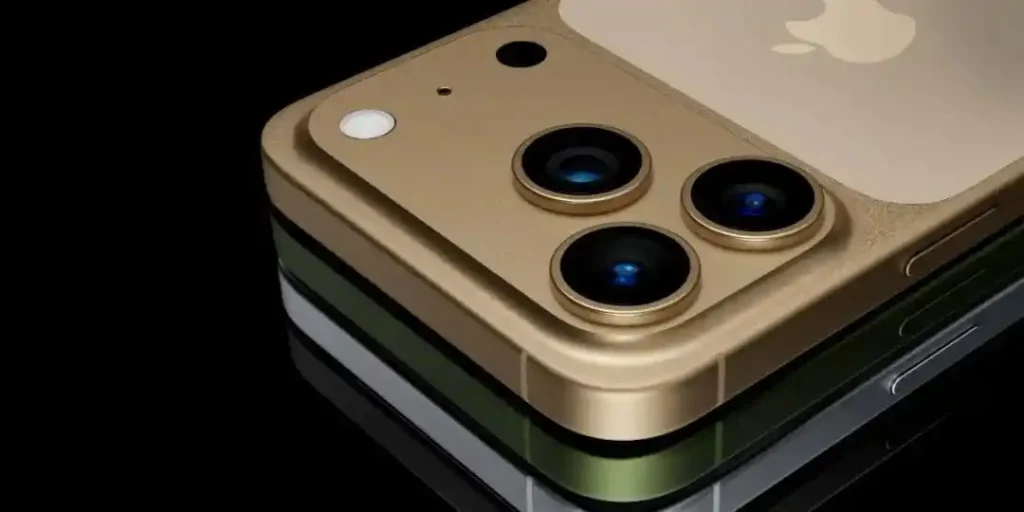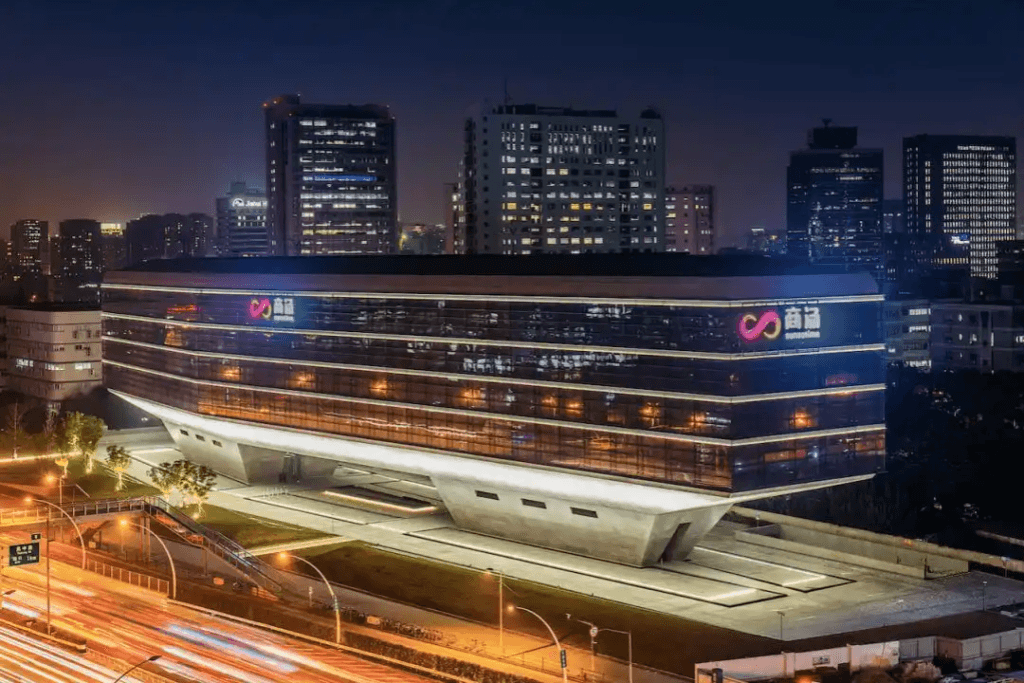Is Apple going to subvert the industry again? The newly exposed iPhone 17 Air has caused heated discussions across the Internet with its 5.5mm ultra-thin body. What kind of black technology is hidden in this new phone, which Cook calls “redefining the form of smartphones”? Let us find out.
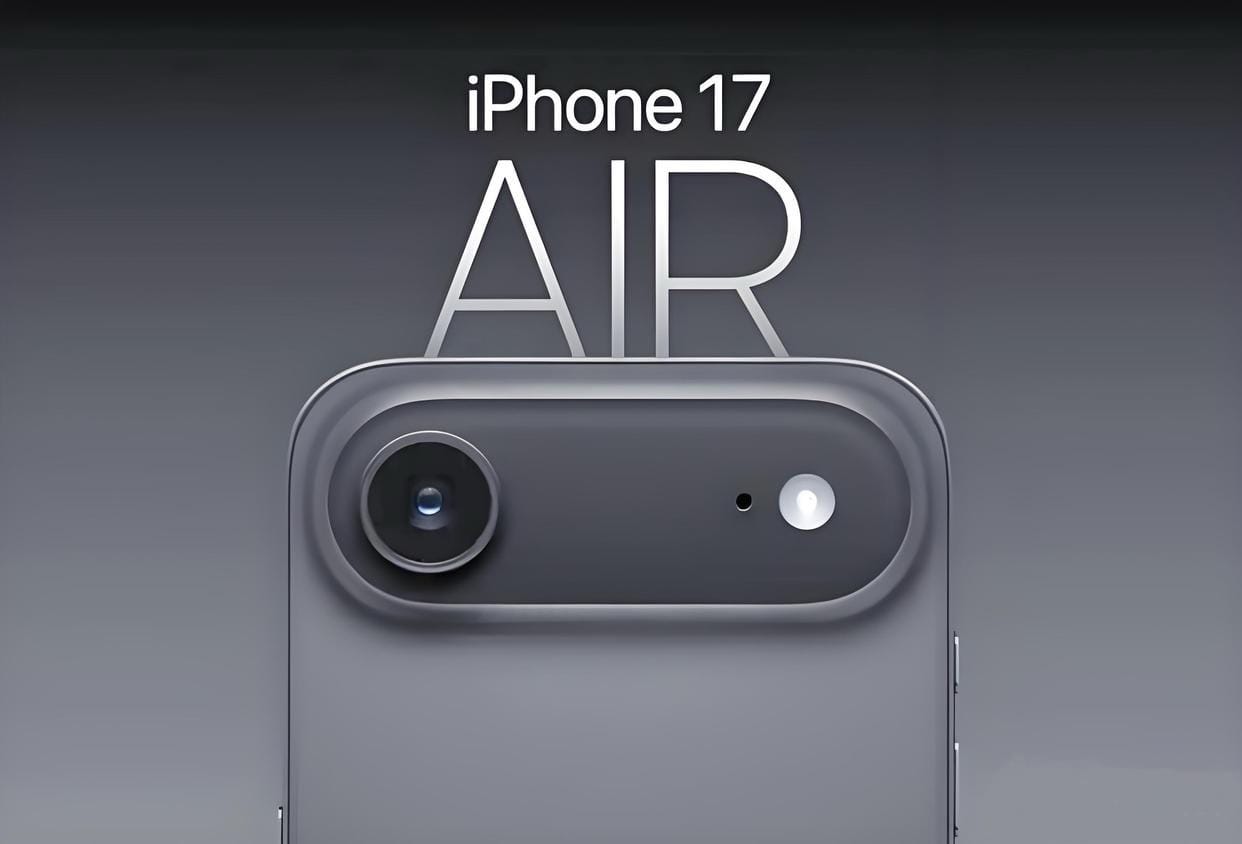
While Android brands are still focused on folding screens, Apple has quietly initiated a “light and thin revolution.” A hands-on video of the iPhone 17 Air model reveals its stunningly slim design, crafted from an aerospace-grade titanium-aluminum alloy. This allows the phone’s body to be compressed to the thickness of a credit card without compromising bending strength.
But this ultra-thin build isn’t just about shedding weight. Apple’s engineers completely redesigned the internal motherboard layout, using laminated battery technology to seamlessly pack a 6.6-inch OLED display and the powerful A19 chip into the slim frame. Interestingly, the camera module now features a through-type horizontal design with a single 48MP main sensor and an upgraded optical imaging engine. In fact, portrait mode blur accuracy surpasses the previous dual-camera system.
The hardware configuration of the iPhone 17 Air is packed with surprises. While it comes with the standard A19 chip, the addition of 12GB RAM significantly boosts AI performance. In real-world tests, the device handles four heavy games and video editing simultaneously with ease—delivering multitasking fluency on par with the iPad Pro powered by the M4 chip.
What truly stands out is Apple’s bold move to eliminate all physical ports, shifting completely to MagSafe wireless charging and cloud-based data transfer. While futuristic, this approach has sparked debate. The 3350mAh battery, for instance, drops to just 12% after five hours of intense usage. To address this, Apple may bring back the Smart Battery Case with MagSafe support—though it adds 3.2mm to the phone’s thickness.
The most popular eSIM function has made a major breakthrough. It is reported that the three major domestic operators have completed the eSIM system adaptation test, and users can use “air card issuance” to achieve one number for multiple terminals. This means that the iPhone 17 Air may become the first smartphone without a card slot, but this also brings new problems: When the phone is out of power, how to contact others urgently? Apple is developing an emergency communication solution based on UWB technology, which may solve this pain point.
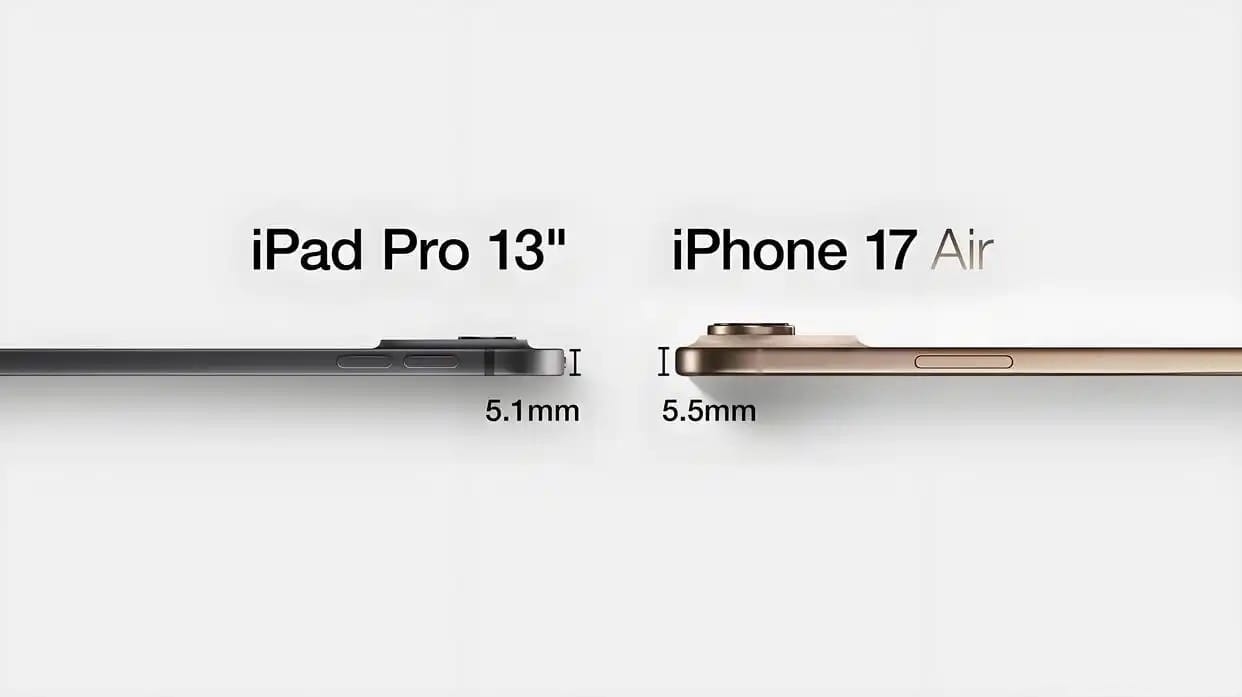
The market positioning is very strategic. The price starting from $999 is precisely positioned between the Android flagship and Pro series. The 6.6-inch large screen and 187-gram weight perfectly fill the gap between the small-screen flagship and the tablet. Industry analysts pointed out that the essence of this product is Apple’s in-depth layout for the “light office” scene. When remote meetings become the norm, productivity tools that can be easily stuffed into a suit pocket may be more practical than folding screens.
Of course, controversy has never been absent. The single speaker configuration compromises the audio-visual experience, and the lack of an ultra-wide-angle lens also limits the creative space. But Apple seems to have a plan in place: through the camera AI stitching function of iOS 19, a single camera can also achieve an ultra-wide-angle effect. This deep collaboration between software and hardware is the terrifying part of Apple’s ecosystem.
From an industry perspective, the emergence of the iPhone 17 Air marks the entry of smartphones into the era of “millimeter-level competition”. When thickness becomes a new battlefield, heat dissipation design, antenna layout, and battery technology will all face reconstruction. It is foreseeable that the Android camp will soon follow up with thin and light models, but it may take another two or three years to accommodate periscope telephoto and ultrasonic fingerprint in a 5.5mm body.
iphone 16 Plus vs iPhone 17 Air
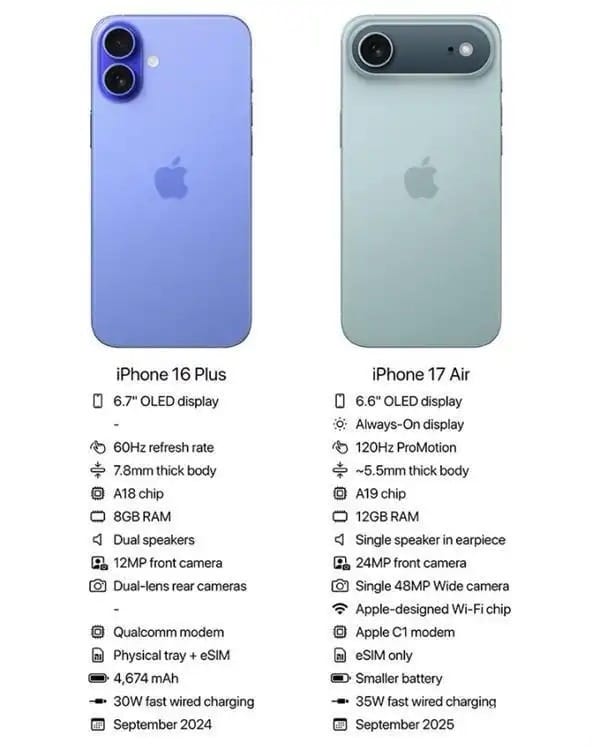
Would you pay for the ultimate thinness? Perhaps this question itself is not important. What is important is that when all manufacturers are piling up materials, Apple has chosen a more difficult path – challenging the limits of physics with industrial design. This kind of paranoia may be the romance that technology products should have.
